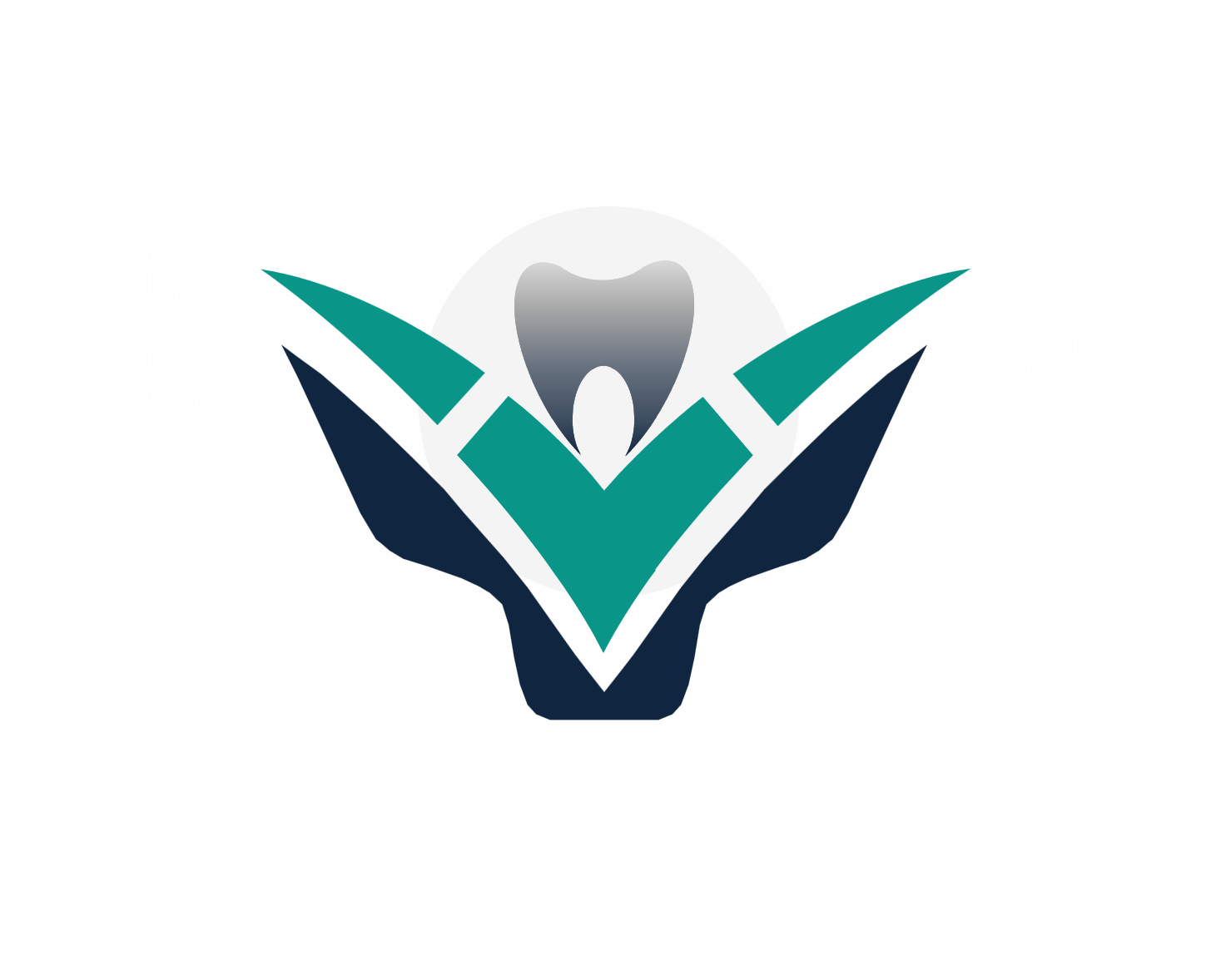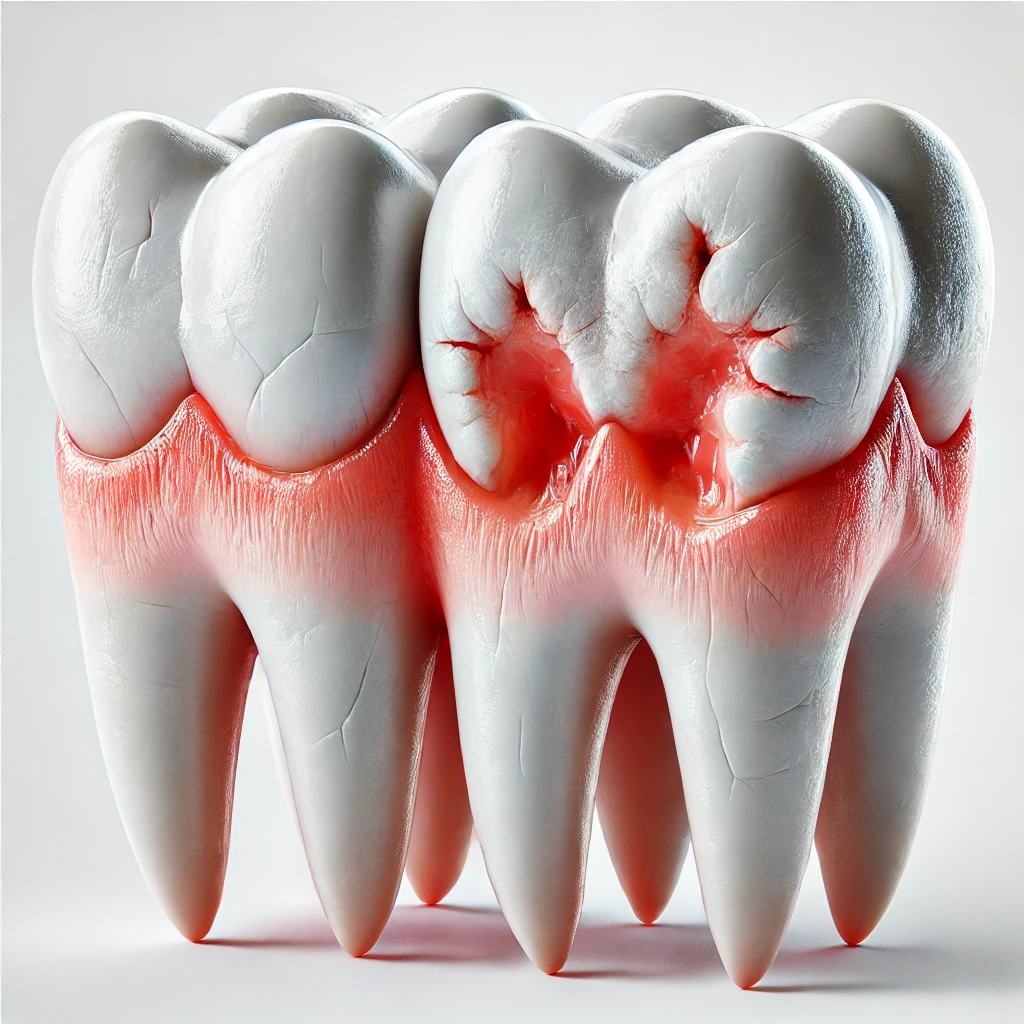WHO-aligned prenatal oral health
Pregnancy dental care planned trimester-by-trimester with calming motion & science-backed guidance
Hormones, nausea therapy and IVF medicines can transform your mouth in weeks. Our prenatal dentists layer WHO, ADA and ACOG directives with gentle technology to keep you and baby safe from conception through the first birthday.
- 92%
- pregnant guests report calmer visits with semi-reclined positioning
- 0
- untreated cavities after coordinated obstetric-dental reviews
- 24/7
- care concierge for medication clarifications

